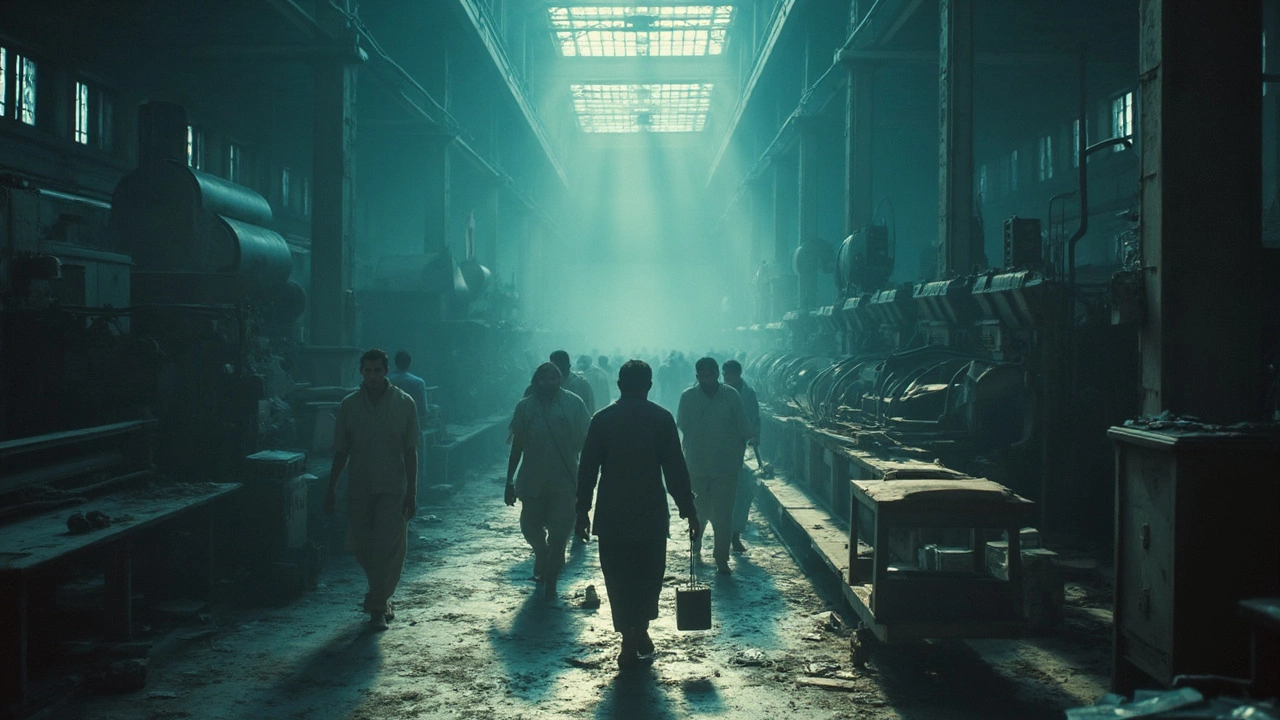Industry Decline in Indian Manufacturing
When examining industry decline, a sustained drop in production, revenue, or employment within a sector. Also known as sector downturn, it signals deeper structural challenges that need immediate attention.
The broader manufacturing sector, the engine of India’s economy that covers everything from heavy equipment to consumer goods feels the ripple effect first. When one segment stalls, supply chains contract, labor gets underutilized, and investment slows. A clear example is the plastic industry, a high‑volume segment that transforms resin into everyday items. Rising raw‑material costs and stricter environmental rules have cut margins, pushing many plants toward closure. Similarly, the textile industry, India’s historic garment and fabric hub grapples with cheaper imports and shifting fashion trends, which translate into lower output and job cuts.
Why Decline Happens and What It Triggers
Industry decline encompasses three core forces: demand shrinkage, cost inflation, and technology gaps. Demand shrinkage occurs when consumer spending tightens, as seen in the automotive market where the automotive industry, the segment that builds cars, motorcycles, and commercial vehicles faces stricter emission norms and shifting mobility preferences. Cost inflation hits raw‑material prices, energy bills, and labor wages, squeezing profit margins across factories. Technology gaps arise when firms lag in automation or digital tools, making them less competitive against global players.
These forces create a feedback loop: lower sales force plants to cut staff, which reduces consumer confidence and further depresses demand. The loop requires strategic turnaround plans, such as re‑skilling workers, adopting lean manufacturing, or pivoting to niche high‑margin products. Companies that ignore the pattern often see asset write‑downs and eventual shutdowns, while those that act fast can stabilize cash flow and even return to growth.
Several recent reports illustrate how the decline manifests in real numbers. For instance, the heavy‑equipment giants Caterpillar and Komatsu showed mixed revenue trends in 2024, hinting at construction slowdowns that ripple through steel and component suppliers. Plastic manufacturing hubs in Texas and California reported a 7% dip in output last year, driven by volatile oil prices that raise resin costs. Meanwhile, Indian textile leaders like Arvind Limited posted a modest 3% revenue dip, citing competition from synthetic blends and overseas producers.
Understanding these patterns helps you spot early warning signs. Watch for sudden changes in order books, rising inventory levels, or a spike in loan defaults among suppliers. Monitoring policy shifts—such as new environmental standards for plastics or trade tariffs on textiles—can also give clues about which sub‑sectors might face the steepest declines.
Below you’ll find a curated set of articles that dive deeper into specific industries, market shifts, and practical ways to navigate a downturn. Whether you’re a business owner, investor, or policy maker, the insights here will give you a clearer picture of where decline is happening and what actions can turn the tide.
